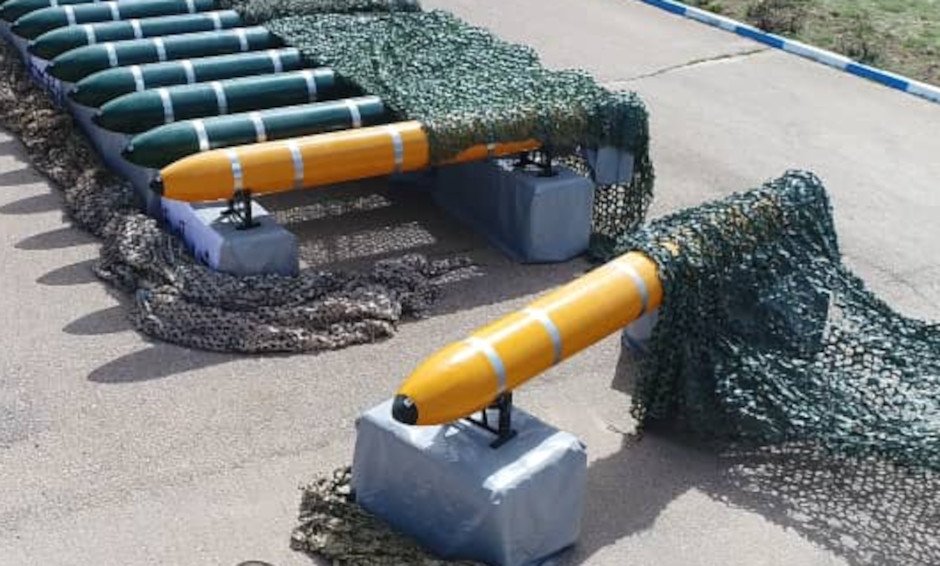Iran’s Revolutionary Guards have added a batch of new ‘loitering torpedoes’ developed by Iran’s defense industries. The new weapons were unveiled yesterday during a ceremony at Bandar Abas naval base, a large naval base located at the straits of Hormoz. The new weapon that seems to be a hybrid of unmanned underwater vehicles (UUV) and a guided torpedo, enables the guards to direct covert attacks at enemy naval bases, ships, and offshore facilities. The Guards unveiled the new weapons at a ceremony in Iran’s southern port city of Bandar Abbas.
The new weapon fits Iran’s strategy of gray zone operations, extending its influence and reach beyond in distant conflict zones, by equipping proxy forces with advanced weapons such as ballistic missiles and rockets, unmanned combat aerial vehicles (UCAV), and, most recently, loitering missiles and torpedoes.
Iran has allegedly fielded several types of submersible weapons, based on torpedoes or unmanned underwater vehicles developed in the country. The recent model seems to be a hybrid between the Chinese Ye-6 and the locally developed vehicle.
If the weapon is sized about the Chinese Yu-6 torpedo, the vehicle should be able to be launched from 21-inch torpedo tubes on submarines and surface ships. However, it is likely that the new vehicle is designed for different operating conditions, particularly slow speed and low acoustic signature which would give it the stealth and endurance required to travel quietly for many hours and hundreds of miles, and disable itself to remain quiet at its destination until the arrival of a target or receipt of a comand to wake up.
Therefore, the propulsion system is likely based on an electrical system rather than the chemical propulsion used in the torpedo. However, the images published by the Iranians do not provide much insight into the performance (propeller is covered), navigation, and sensors, but it is likely that this hybrid weapon would have navigation sonar and acoustic sensors for target acquisition.





















